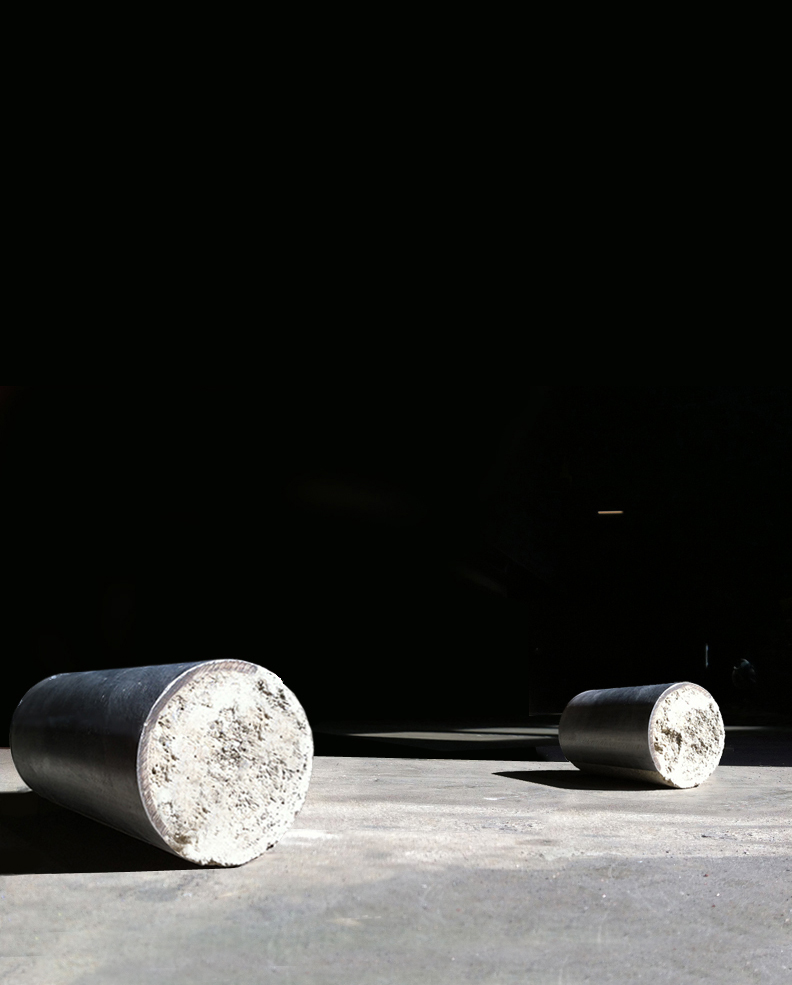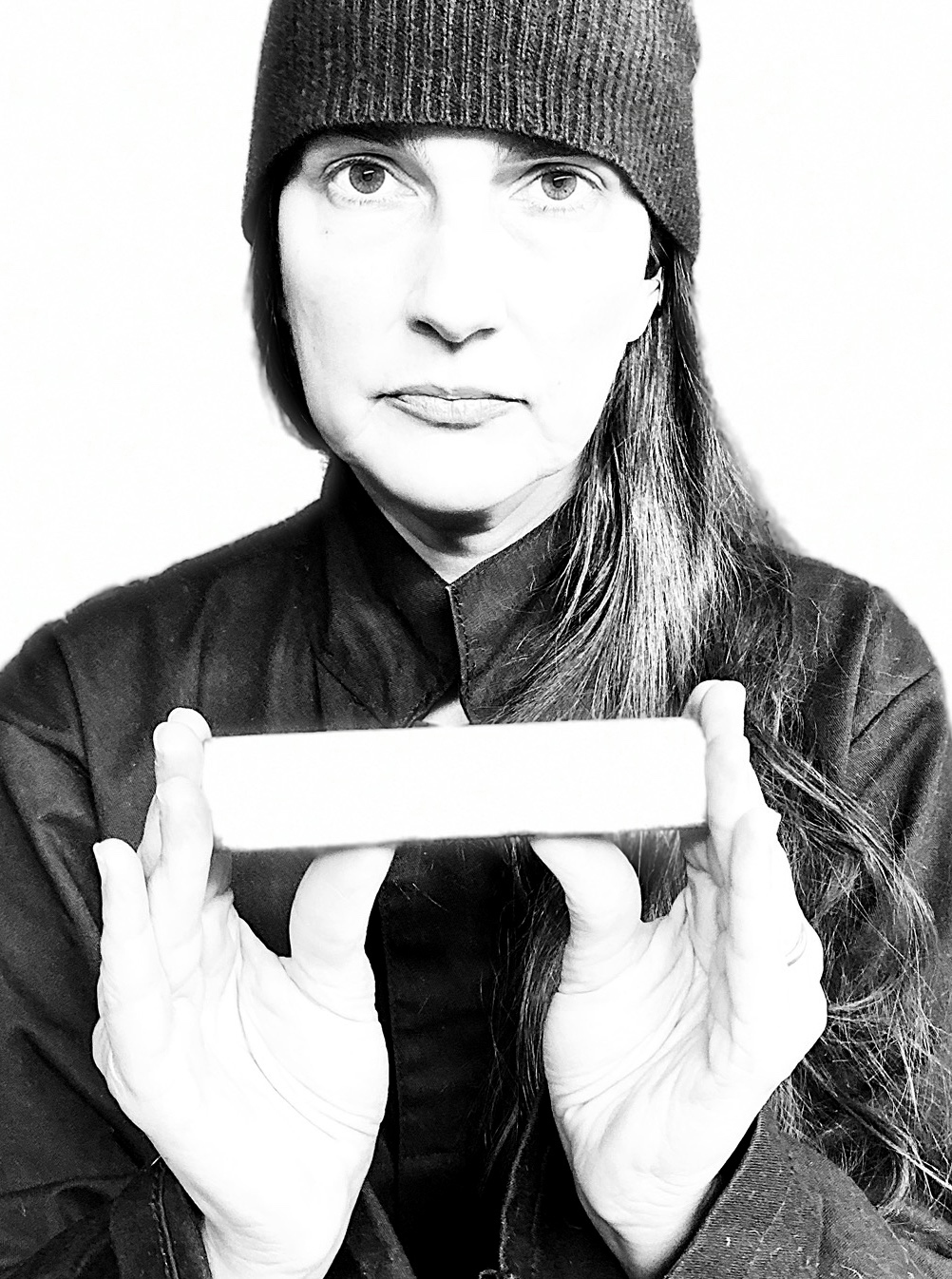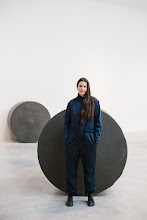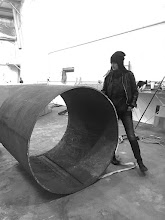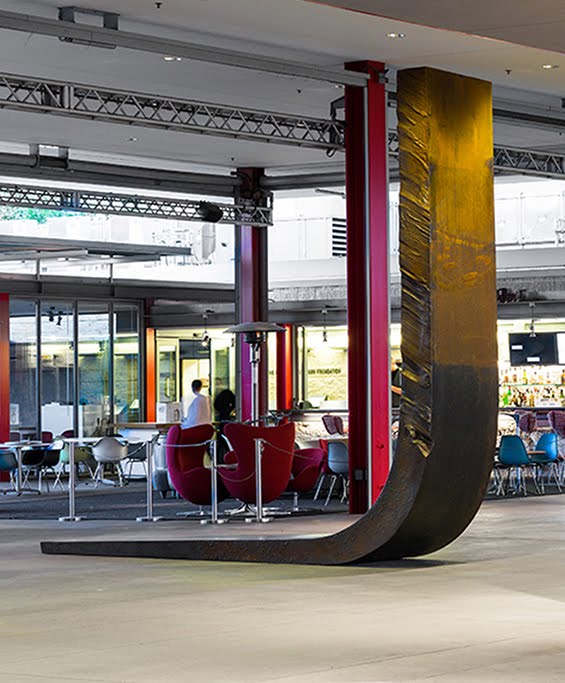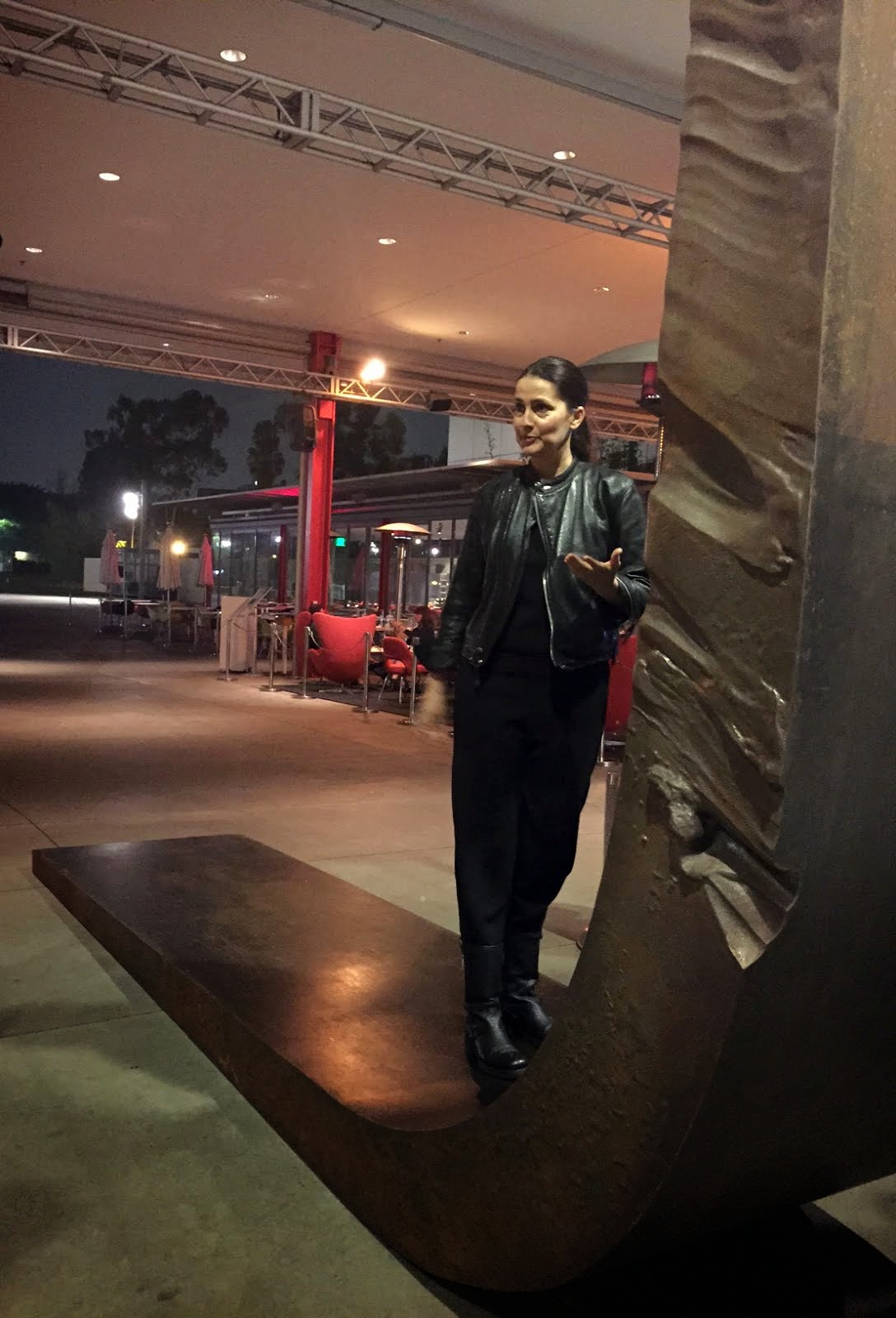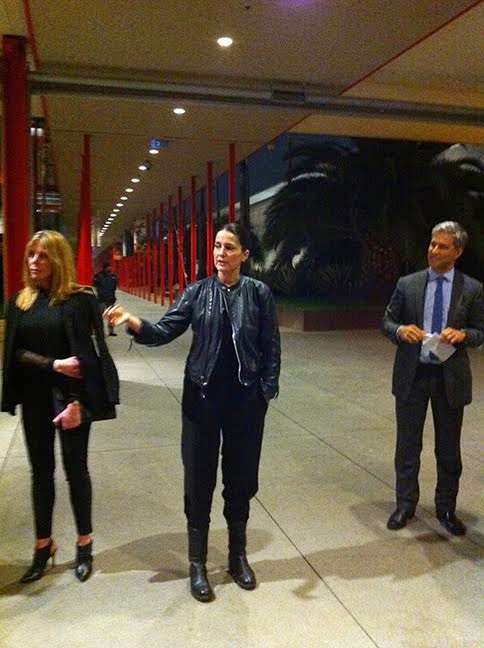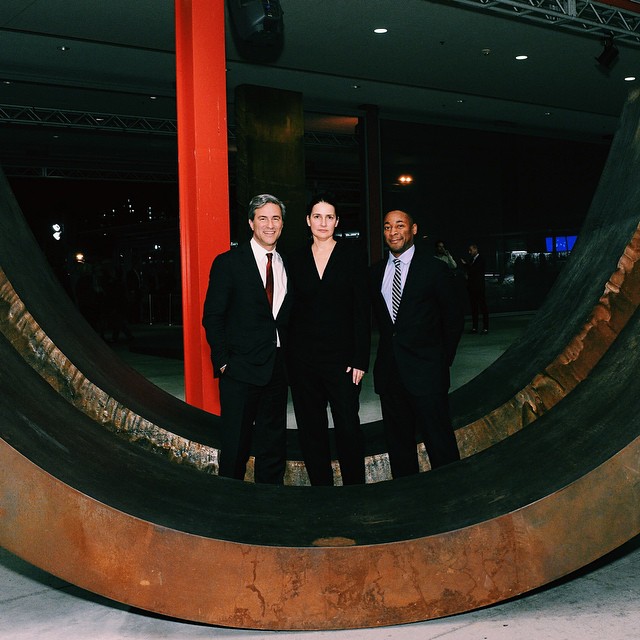The Abstract is more than plastic Works in a museum, indeed, true abstraction is the very world outside. Neurological and somatosensory studies suggest the “outside” world as a percept-dependant sensory construct, what this series of works engenders as abstract realism. Sense perception is not objective and yet centuries-old science pervades the contemporary belief in an independent world of objects patterning self and “outside” reality. Indeed, “objects” have no complete separation in the less perceptible phenomenal worlds that form the life we perceive. Sculpture (Form) conceived for touch dissolves the percept’s veil of separation from “object only” to “experience” as/of self. When these Forms are Abstract, the profound permission of viewer into experiencer brings a third dimension of Abstraction as Self. PROTOIST Forms are Abstract Form; their experience of touch and the context of touch as the sole perception of self and the “outside” world allows for expanded experience in the realism of the Abstract. It is from this foundation Abstraction is the grand medium of direct encounter with the greater reality.
Tuesday, November 27, 2007
Art’s Public Skin and the Hand of Man
The metaphor of touch may aid the eye’s encounter with sculpture (Form) however touch allowed by the hand, beyond the paralleling attempts of metaphor, allows the body a transformative moment with Form as an experience of one’s self. Touch requires our presence; it is the sense of our very skin, our esemplastic perception of body and self.
Neurological investigations of our sensory system strongly suggest reality as percept-dependant, a subjective combination of memory, attention, and patterned expectation dictating the perception of the percept’s known world. This pattern of the known, persisted by sight-dominated encounters, conducts expectation of the percept’s experience without an experience of it. Thus an encounter with little available association or memory, touch enables the percept’s perception of self through the experience of a powerful Unknown, patterning what is known from the Unknown as self.
This synaptic experience and its essential connection with touch are foundations of the PROTOIST SERIES: The Forms before the Known. These human-scaled works are created with steel, iron, concrete to be touched, walked upon as consumptive sensory experiences. Through touch, man’s hand affects the surface areas with temperature change, chemical effects and accumulated pressures as the Form and percept together evolve into their never–ending Other. PROTOIST Forms poise a permissive moment with the experiencer to touch this public skin engendering a new intimate Known and collective Self from the Abstract.


